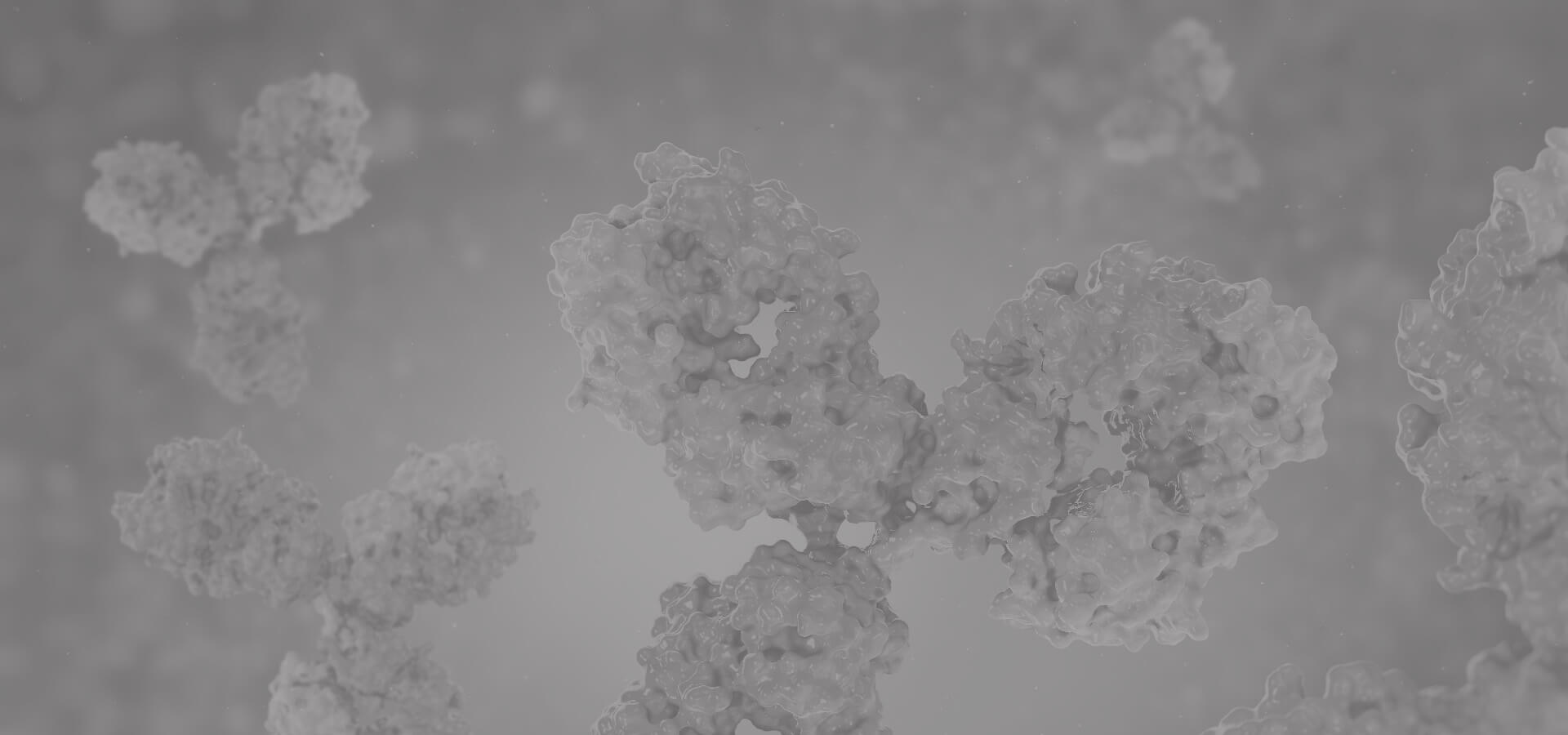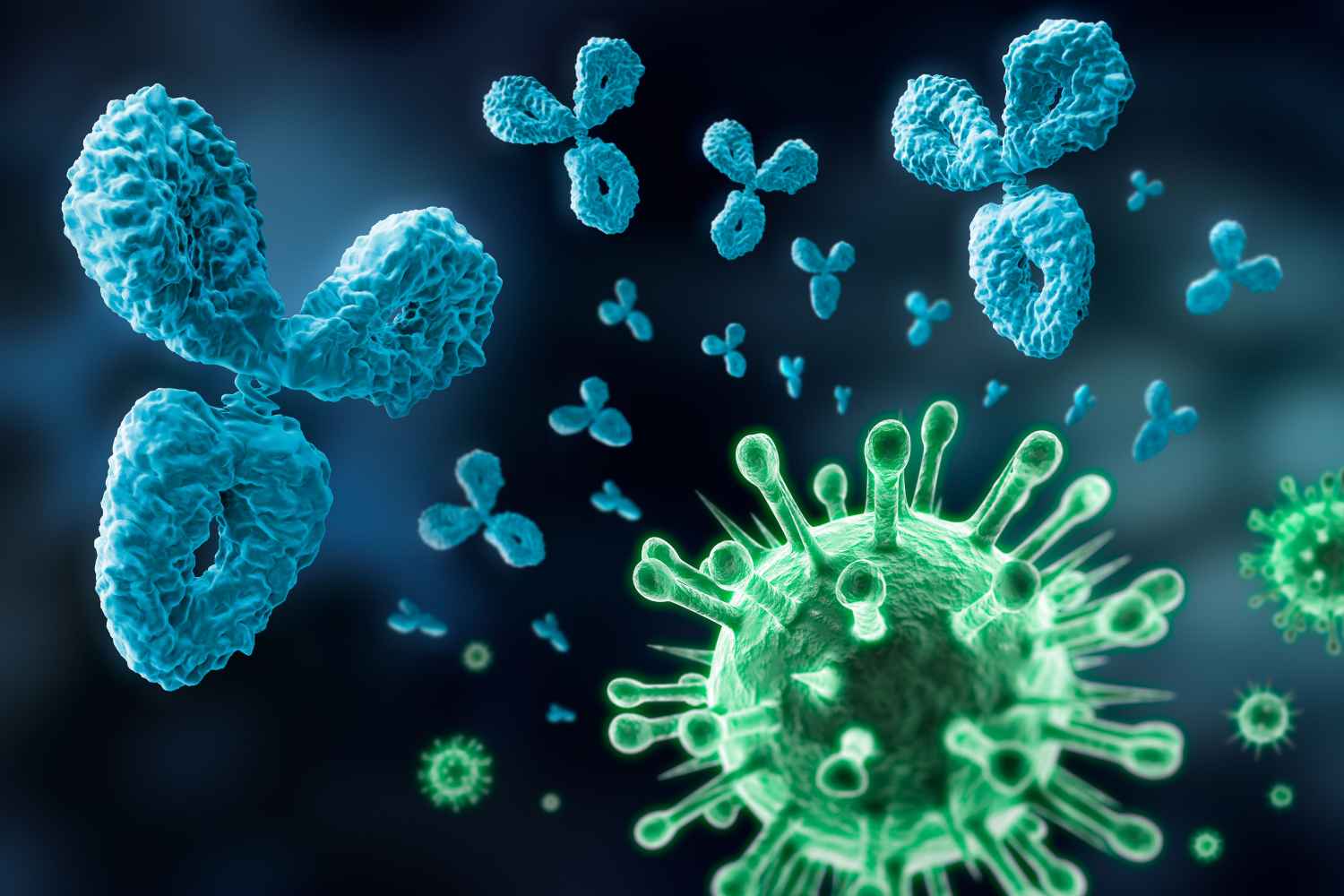APOB
This gene product is the main apolipoprotein of chylomicrons and low density lipoproteins. It occurs in plasma as two main isoforms, apoB-48 and apoB-100: the former is synthesized exclusively in the gut and the latter in the liver. The intestinal and the hepatic forms of apoB are encoded by a single gene from a single, very long mRNA. The two isoforms share a common N-terminal sequence. The shorter apoB-48 protein is produced after RNA editing of the apoB-100 transcript at residue 2180 (CAA->UAA), resulting in the creation of a stop codon, and early translation termination. Mutations in this gene or its regulatory region cause hypobetalipoproteinemia, normotriglyceridemic hypobetalipoproteinemia, and hypercholesterolemia due to ligand-defective apoB, diseases affecting plasma cholesterol and apoB levels. [provided by RefSeq, Jul 2008]
Full Name
Apolipoprotein B
Function
Apolipoprotein B is a major protein constituent of chylomicrons (apo B-48), LDL (apo B-100) and VLDL (apo B-100). Apo B-100 functions as a recognition signal for the cellular binding and internalization of LDL particles by the apoB/E receptor.
Biological Process
Artery morphogenesis Source: Ensembl
Cellular protein metabolic process Source: Reactome
Cellular response to prostaglandin stimulus Source: Ensembl
Cellular response to tumor necrosis factor Source: Ensembl
Cholesterol efflux Source: Ensembl
Cholesterol homeostasis Source: BHF-UCL
Cholesterol metabolic process Source: BHF-UCL
Cholesterol transport Source: BHF-UCL
Chylomicron assembly Source: Reactome
Chylomicron remnant clearance Source: Reactome
Chylomicron remodeling Source: Reactome
Fertilization Source: Ensembl
Flagellated sperm motility Source: Ensembl
In utero embryonic development Source: Ensembl
Leukocyte migration Source: Reactome
Lipoprotein biosynthetic process Source: Ensembl
Lipoprotein catabolic process Source: Ensembl
Lipoprotein transport Source: GO_Central
Low-density lipoprotein particle clearance Source: BHF-UCL
Low-density lipoprotein particle remodeling Source: BHF-UCL
Membrane organization Source: Reactome
Nervous system development Source: Ensembl
Positive regulation of cholesterol storage Source: BHF-UCL
Positive regulation of gene expression Source: Ensembl
Positive regulation of lipid storage Source: BHF-UCL
Positive regulation of macrophage derived foam cell differentiation Source: BHF-UCL
Post-embryonic development Source: Ensembl
Post-translational protein modification Source: Reactome
Receptor-mediated endocytosis Source: Reactome
Regulation of cholesterol biosynthetic process Source: Ensembl
Response to carbohydrate Source: Ensembl
Response to estradiol Source: Ensembl
Response to lipopolysaccharide Source: Ensembl
Response to selenium ion Source: Ensembl
Response to virus Source: UniProtKB
Retinoid metabolic process Source: Reactome
Spermatogenesis Source: Ensembl
Toll-like receptor signaling pathway Source: Reactome
Triglyceride catabolic process Source: Ensembl
Triglyceride mobilization Source: GO_Central
Very-low-density lipoprotein particle assembly Source: Reactome
Very-low-density lipoprotein particle clearance Source: Reactome
Cellular protein metabolic process Source: Reactome
Cellular response to prostaglandin stimulus Source: Ensembl
Cellular response to tumor necrosis factor Source: Ensembl
Cholesterol efflux Source: Ensembl
Cholesterol homeostasis Source: BHF-UCL
Cholesterol metabolic process Source: BHF-UCL
Cholesterol transport Source: BHF-UCL
Chylomicron assembly Source: Reactome
Chylomicron remnant clearance Source: Reactome
Chylomicron remodeling Source: Reactome
Fertilization Source: Ensembl
Flagellated sperm motility Source: Ensembl
In utero embryonic development Source: Ensembl
Leukocyte migration Source: Reactome
Lipoprotein biosynthetic process Source: Ensembl
Lipoprotein catabolic process Source: Ensembl
Lipoprotein transport Source: GO_Central
Low-density lipoprotein particle clearance Source: BHF-UCL
Low-density lipoprotein particle remodeling Source: BHF-UCL
Membrane organization Source: Reactome
Nervous system development Source: Ensembl
Positive regulation of cholesterol storage Source: BHF-UCL
Positive regulation of gene expression Source: Ensembl
Positive regulation of lipid storage Source: BHF-UCL
Positive regulation of macrophage derived foam cell differentiation Source: BHF-UCL
Post-embryonic development Source: Ensembl
Post-translational protein modification Source: Reactome
Receptor-mediated endocytosis Source: Reactome
Regulation of cholesterol biosynthetic process Source: Ensembl
Response to carbohydrate Source: Ensembl
Response to estradiol Source: Ensembl
Response to lipopolysaccharide Source: Ensembl
Response to selenium ion Source: Ensembl
Response to virus Source: UniProtKB
Retinoid metabolic process Source: Reactome
Spermatogenesis Source: Ensembl
Toll-like receptor signaling pathway Source: Reactome
Triglyceride catabolic process Source: Ensembl
Triglyceride mobilization Source: GO_Central
Very-low-density lipoprotein particle assembly Source: Reactome
Very-low-density lipoprotein particle clearance Source: Reactome
Cellular Location
Cytoplasm; Secreted; Lipid droplet
Involvement in disease
Hypobetalipoproteinemia, familial, 1 (FHBL1): The disease is caused by variants affecting the gene represented in this entry. Most cases of FHBL1 result from nonsense mutations in the APOB gene that lead to a premature stop codon, which generate prematurely truncated apo B protein products (PubMed:21981844). A disorder of lipid metabolism characterized by less than 5th percentile age- and sex-specific levels of low density lipoproteins, and dietary fat malabsorption. Clinical presentation may vary from no symptoms to severe gastrointestinal and neurological dysfunction similar to abetalipoproteinemia.
Hypercholesterolemia, familial, 2 (FHCL2): A form of hypercholesterolemia, a disorder of lipoprotein metabolism characterized by elevated serum low-density lipoprotein (LDL) cholesterol levels, which result in excess deposition of cholesterol in tissues and leads to xanthelasma, xanthomas, accelerated atherosclerosis and increased risk of premature coronary heart disease. FHCL2 inheritance is autosomal dominant.
Hypercholesterolemia, familial, 2 (FHCL2): A form of hypercholesterolemia, a disorder of lipoprotein metabolism characterized by elevated serum low-density lipoprotein (LDL) cholesterol levels, which result in excess deposition of cholesterol in tissues and leads to xanthelasma, xanthomas, accelerated atherosclerosis and increased risk of premature coronary heart disease. FHCL2 inheritance is autosomal dominant.
PTM
Palmitoylated; structural requirement for proper assembly of the hydrophobic core of the lipoprotein particle.
View more
Anti-APOB antibodies
+ Filters
 Loading...
Loading...
Target: APOB
Host: Mouse
Antibody Isotype: IgG1
Specificity: Human
Clone: 6G6
Application*: E, F, IC, IF, WB
Target: APOB
Host: Mouse
Antibody Isotype: IgG
Specificity: Human
Clone: CBT171
Application*: WB, IF, IC, F, E
Target: ApoB
Host: Mouse
Antibody Isotype: IgG1
Specificity: Human
Clone: CBT2319
Application*: IC, F
Target: APOB
Host: Mouse
Antibody Isotype: IgG2b
Specificity: Human
Clone: CAP160
Application*: IH, IF
Target: APOB
Host: Mouse
Antibody Isotype: IgG1, κ
Specificity: Human, Mouse, Rat
Clone: CBAb018
Application*: E, WB, IF, IP
Target: APOB
Host: Mouse
Antibody Isotype: IgG2a, κ
Specificity: Human
Clone: 3E5
Application*: WB, E
Target: APOB
Host: Mouse
Antibody Isotype: IgG1, κ
Specificity: Human
Clone: CBYC-A680
Application*: E, WB, IF, IP, P
Target: APOB
Host: Mouse
Antibody Isotype: IgG2a
Specificity: Human
Clone: F2C4
Application*: E, FC, IC, IF, IP
Target: APOB
Host: Mouse
Antibody Isotype: IgG2b
Specificity: Human
Clone: F2C3
Application*: E, IP, IF, P
Target: APOB
Host: Mouse
Antibody Isotype: IgG2b, κ
Specificity: Human
Clone: 7B8
Application*: WB, E, IH, IC, IF, P
Target: APOB
Host: Mouse
Antibody Isotype: IgG1
Specificity: Human
Clone: 14i8
Application*: IH, WB
Target: APOB
Host: Rabbit
Antibody Isotype: IgG
Specificity: Human
Clone: 10B190
Application*: WB, FC, IP
More Infomation
Hot products 
-
Mouse Anti-CTCF Recombinant Antibody (CBFYC-2371) (CBMAB-C2443-FY)

-
Mouse Anti-ATM Recombinant Antibody (2C1) (CBMAB-A3970-YC)

-
Mouse Anti-ACTG1 Recombinant Antibody (V2-179597) (CBMAB-A0916-YC)

-
Mouse Anti-BrdU Recombinant Antibody (IIB5) (CBMAB-1038CQ)

-
Mouse Anti-CARTPT Recombinant Antibody (113612) (CBMAB-C2450-LY)

-
Mouse Anti-APOA1 Monoclonal Antibody (CBFYR0637) (CBMAB-R0637-FY)

-
Rat Anti-CD63 Recombinant Antibody (7G4.2E8) (CBMAB-C8725-LY)

-
Mouse Anti-ENO1 Recombinant Antibody (8G8) (CBMAB-E1329-FY)

-
Mouse Anti-14-3-3 Pan Recombinant Antibody (V2-9272) (CBMAB-1181-LY)

-
Mouse Anti-CD247 Recombinant Antibody (6B10.2) (CBMAB-C1583-YY)

-
Mouse Anti-A2M Recombinant Antibody (V2-178822) (CBMAB-A0036-YC)

-
Rabbit Anti-ENO2 Recombinant Antibody (BA0013) (CBMAB-0272CQ)

-
Mouse Anti-BLK Recombinant Antibody (CBYY-0618) (CBMAB-0621-YY)

-
Mouse Anti-ACVR1C Recombinant Antibody (V2-179685) (CBMAB-A1041-YC)

-
Mouse Anti-ACTB Recombinant Antibody (V2-179553) (CBMAB-A0870-YC)

-
Mouse Anti-BCL6 Recombinant Antibody (CBYY-0435) (CBMAB-0437-YY)

-
Mouse Anti-AAV-5 Recombinant Antibody (V2-503417) (CBMAB-V208-1369-FY)

-
Mouse Anti-8-oxoguanine Recombinant Antibody (V2-7719) (CBMAB-1898CQ)

-
Mouse Anti-ATP1B3 Recombinant Antibody (1E9) (CBMAB-A4021-YC)

-
Mouse Anti-CRYAB Recombinant Antibody (A4345) (CBMAB-A4345-YC)

For Research Use Only. Not For Clinical Use.
(P): Predicted
* Abbreviations
- AActivation
- AGAgonist
- APApoptosis
- BBlocking
- BABioassay
- BIBioimaging
- CImmunohistochemistry-Frozen Sections
- CIChromatin Immunoprecipitation
- CTCytotoxicity
- CSCostimulation
- DDepletion
- DBDot Blot
- EELISA
- ECELISA(Cap)
- EDELISA(Det)
- ESELISpot
- EMElectron Microscopy
- FFlow Cytometry
- FNFunction Assay
- GSGel Supershift
- IInhibition
- IAEnzyme Immunoassay
- ICImmunocytochemistry
- IDImmunodiffusion
- IEImmunoelectrophoresis
- IFImmunofluorescence
- IGImmunochromatography
- IHImmunohistochemistry
- IMImmunomicroscopy
- IOImmunoassay
- IPImmunoprecipitation
- ISIntracellular Staining for Flow Cytometry
- LALuminex Assay
- LFLateral Flow Immunoassay
- MMicroarray
- MCMass Cytometry/CyTOF
- MDMeDIP
- MSElectrophoretic Mobility Shift Assay
- NNeutralization
- PImmunohistologyp-Paraffin Sections
- PAPeptide Array
- PEPeptide ELISA
- PLProximity Ligation Assay
- RRadioimmunoassay
- SStimulation
- SESandwich ELISA
- SHIn situ hybridization
- TCTissue Culture
- WBWestern Blot

Online Inquiry







